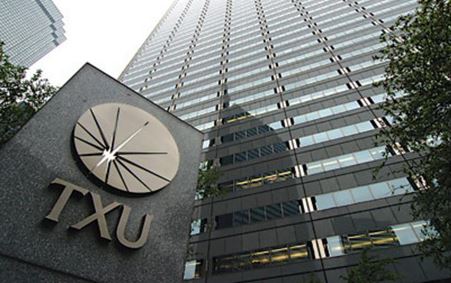In a multi-part series, energy analyst Jay Dauenhauer explores the events surrounding the 2006 coal expansion and subsequent buyout of TXU Corporation. Ten years later, this remains the largest leveraged buyout in the history of finance.
In April 2006, following a rolling blackout, TXU Corporation announced plans to build 11 new coal-fired power units in the state of Texas. The Lone Star State has its own electrical grid, and estimates from the organization that manages that grid, also predicted that Texas could run dangerously close to experiencing rolling blackouts in the near future.
The expansion was met with criticism from several sides. Dallas Mayor Laura Miller and Houston mayor Bill White fought the expansion, even outside their own communities. Local Dallas businesses united, and even large energy companies such as NRG Energy and Chesapeake Energy were critical of the expansion, with Chesapeake even creating a “Coal is Filthy” media campaign.
On February 23, 2007, CNBC broke the story that private equity firms KKR and TPG were close to a deal to buy TXU for $45B, making this the largest leveraged buyout ever. It was soon revealed that the environmental community had helped craft terms of the deal, which included the cancellation of 8 of the 11 planned coal-fired units.
The deal was ultimately approved by shareholders September 7, 2007, and TXU was officially sold to the buyers, now known as Energy Future Holdings, on October 10.
On April 28, 2014, EFH filed for Chapter 11 bankruptcy. It was $40B in debt and was making $4B in annual interest payments. Part of the problem was that TXU and EFH had bet that natural gas prices would stay high. By producing power with coal and charging electric prices based on power generated by natural gas, they thought, margins would be huge.
However, the shale revolution quickly dropped prices to 1/3 of their high in 2008, and this strategy was no longer viable.
This story is important because:
- It remains the largest leveraged buyout in the history of finance
- It changed the way the American public viewed coal as a power source
- It showed how the Shale/Fracking revolution changed the economics of energy
- It demonstrated the influencing power of the environmental community
